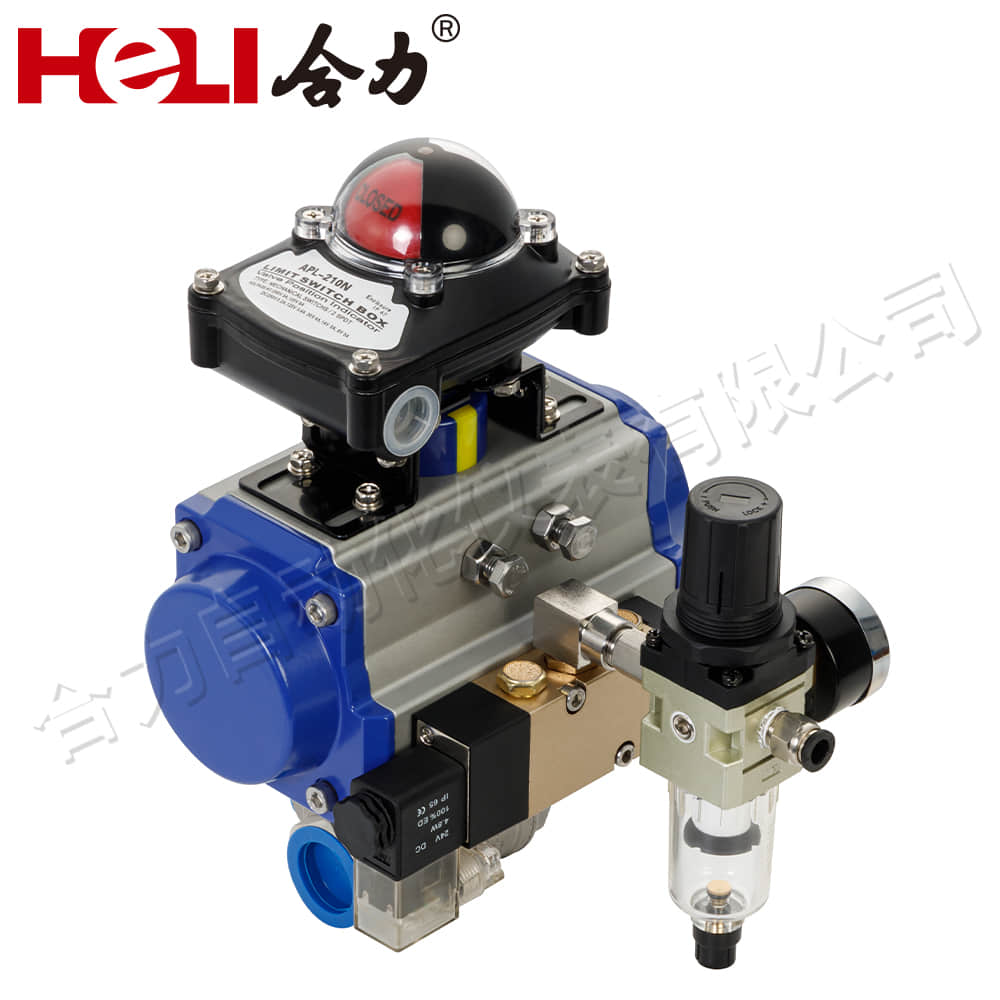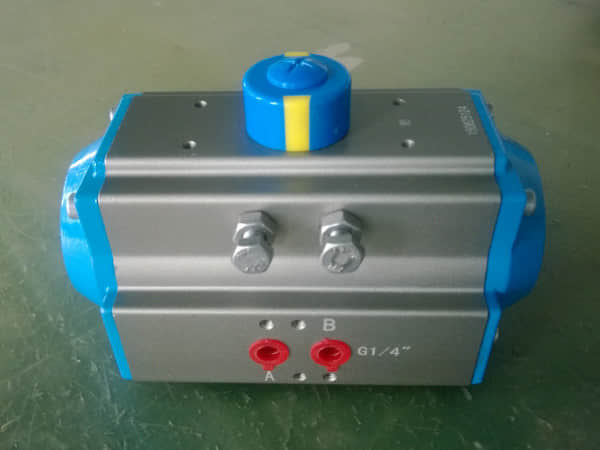understanding pneumatic actuators: mechanisms and applications
Release time:2024-12-13 20:07:55
Pneumatic actuators are essential devices in various industrial applications, utilizing compressed air to convert energy into mechanical motion. They play a crucial role in automating processes in manufacturing, automation, and control systems. This article will explore the working principles, types, advantages, and applications of pneumatic actuators, providing a comprehensive overview of their significance in modern technology.

Working Principles of Pneumatic Actuators

Pneumatic actuators operate based on the principles of fluid mechanics and pressure differentials. The core components of a pneumatic actuator include a cylinder, piston, and a control valve. When compressed air is supplied to the actuator, it enters the cylinder and exerts pressure on the piston. This pressure causes the piston to move, generating linear or rotary motion, depending on the actuator's design.



